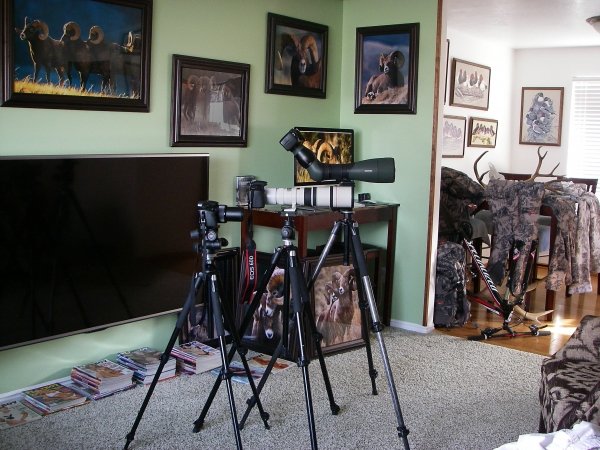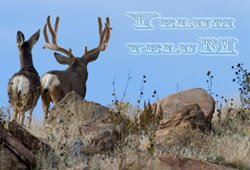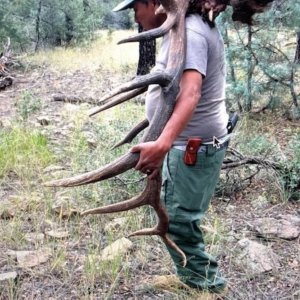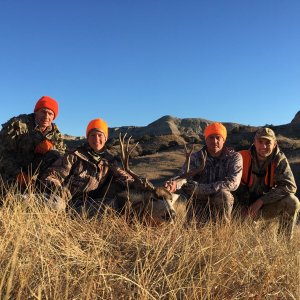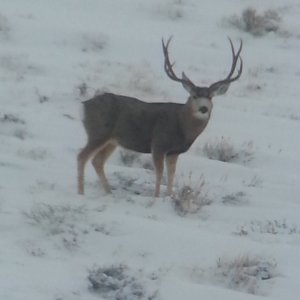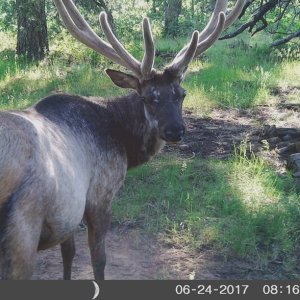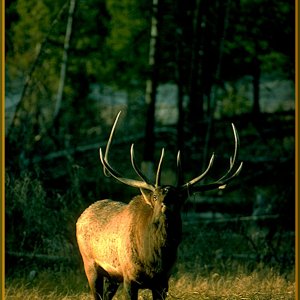BIGHORNtracks
Active Member
- Messages
- 104
I have been watching the photos coming out of these "super zoom" bridge cameras.
Lots of guys are using them these days, rather than digiscoping.
As a fella who started out with traditional photography gear, heavy, expensive, bulky.
I gave digiscoping a try. Worked at it. Practiced, figured some stuff out.
Then along comes the ultra small, ultra cheap, light, super zoom bridge cameras.
They have been out for a couple generations now.
Just about everyone has one. Canon, Panasonic, Sony, Nikon, ect.
I was again, interested to see what these small, cheap options were capable of.
I was impressed by the images others were getting, but the one thing they lacked was enough info to actually compare them to traditional photography and digiscoping.
So, with Christmas here, I decided the wife needed to get a super zoom for christmas.
Done.
Now, I could actually do a very good, side by side comparison of my own.
Well, I can see a lot of guys switching from digiscoping to these super zooms.
They are incredibly easy to use. So much easier than digiscoping. Its not even a close race when you compare the effort required to digiscope, to the effort needed to use a super zoom.
Plus, when you consider that most adapter and camera combos, for digiscoping, are going cost you the same as a super zoom, or more in some cases.
Ease of use and cost effectiveness, these super zooms are going to be hitting the woods with a vengeance.
So, for you to compare yourselves, I have provided photographs.
First the digiscoped image.
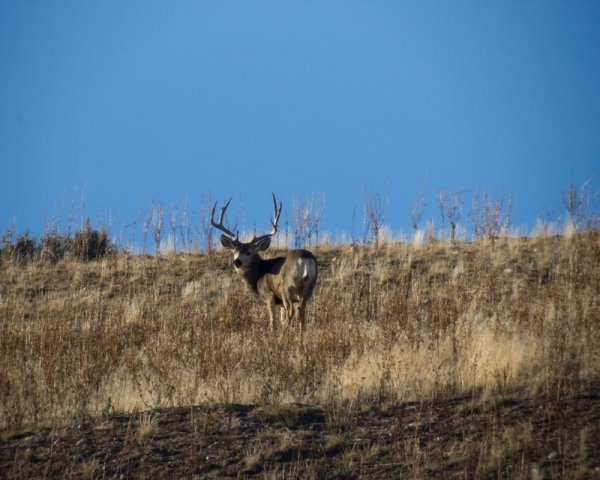
Not bad.
And the super zoom image.
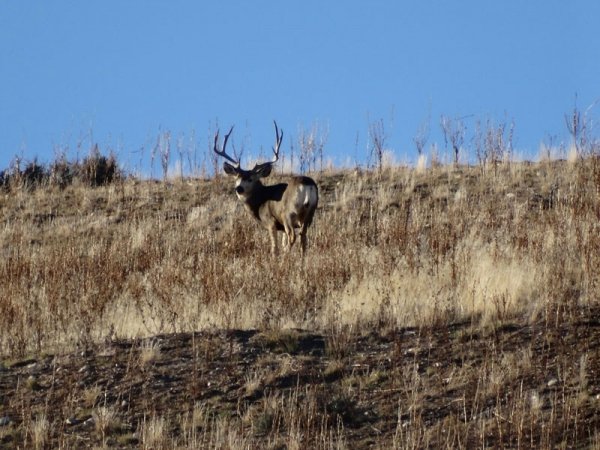
Not bad. Considering that this is the cameras MAX zoom level.
Lets take a closer look.
The digiscoped image, cropped to enhance the comparison.
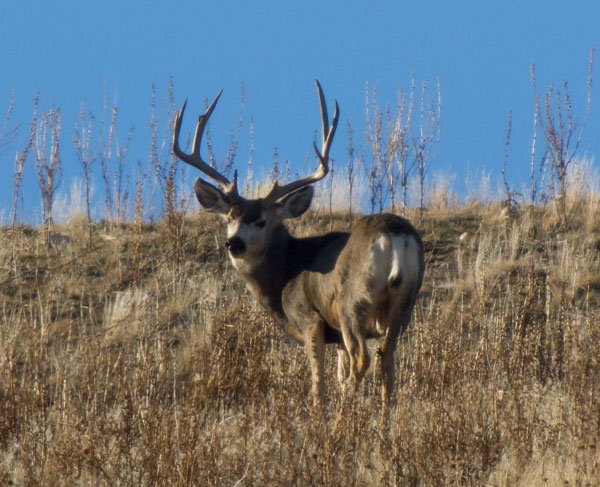
You can see, that when cropped, the digiscoped image retains its integrity quite well.
Now for the cropped image from the super zoom.
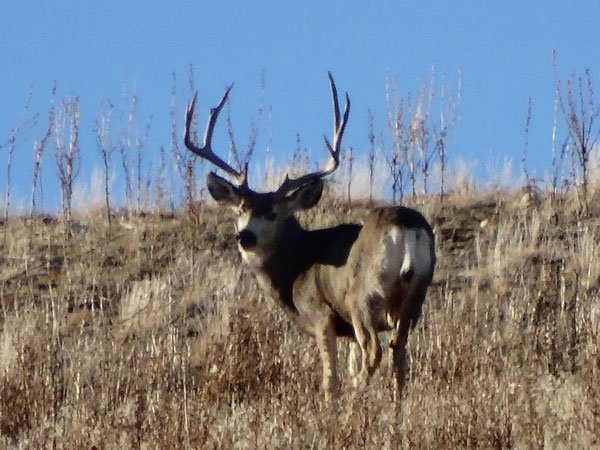
The super zoom did not fare as well when cropped, but that is not bad.
You can still see what you are looking at clearly. Yes, its a bit grainy.
But, remember it was SOOOOOOOOO easy. Just turn it on, point it, zoom it, click. Done.
That was not the case with the digiscoping set up.
Anyways, my conclusions that while the digiscopoing set up provided a higher quality image, the super zoom definitely has a market in the hunting community.
I can see a lot of guys dumping the old digiscoping stuff and going with the easier, much more friendly super zoom.
Me personally, I am going to stick to the digiscoping.
Its just my preference. But my curiosity has been satisfied and the wife is ultra happy with her new christmas gift.
You want my opinion, if you are looking at these super zooms, don't be afraid.
They are amazing little pieces of technology.

Lots of guys are using them these days, rather than digiscoping.
As a fella who started out with traditional photography gear, heavy, expensive, bulky.
I gave digiscoping a try. Worked at it. Practiced, figured some stuff out.
Then along comes the ultra small, ultra cheap, light, super zoom bridge cameras.
They have been out for a couple generations now.
Just about everyone has one. Canon, Panasonic, Sony, Nikon, ect.
I was again, interested to see what these small, cheap options were capable of.
I was impressed by the images others were getting, but the one thing they lacked was enough info to actually compare them to traditional photography and digiscoping.
So, with Christmas here, I decided the wife needed to get a super zoom for christmas.
Done.
Now, I could actually do a very good, side by side comparison of my own.
Well, I can see a lot of guys switching from digiscoping to these super zooms.
They are incredibly easy to use. So much easier than digiscoping. Its not even a close race when you compare the effort required to digiscope, to the effort needed to use a super zoom.
Plus, when you consider that most adapter and camera combos, for digiscoping, are going cost you the same as a super zoom, or more in some cases.
Ease of use and cost effectiveness, these super zooms are going to be hitting the woods with a vengeance.
So, for you to compare yourselves, I have provided photographs.
First the digiscoped image.

Not bad.
And the super zoom image.

Not bad. Considering that this is the cameras MAX zoom level.
Lets take a closer look.
The digiscoped image, cropped to enhance the comparison.

You can see, that when cropped, the digiscoped image retains its integrity quite well.
Now for the cropped image from the super zoom.

The super zoom did not fare as well when cropped, but that is not bad.
You can still see what you are looking at clearly. Yes, its a bit grainy.
But, remember it was SOOOOOOOOO easy. Just turn it on, point it, zoom it, click. Done.
That was not the case with the digiscoping set up.
Anyways, my conclusions that while the digiscopoing set up provided a higher quality image, the super zoom definitely has a market in the hunting community.
I can see a lot of guys dumping the old digiscoping stuff and going with the easier, much more friendly super zoom.
Me personally, I am going to stick to the digiscoping.
Its just my preference. But my curiosity has been satisfied and the wife is ultra happy with her new christmas gift.
You want my opinion, if you are looking at these super zooms, don't be afraid.
They are amazing little pieces of technology.


